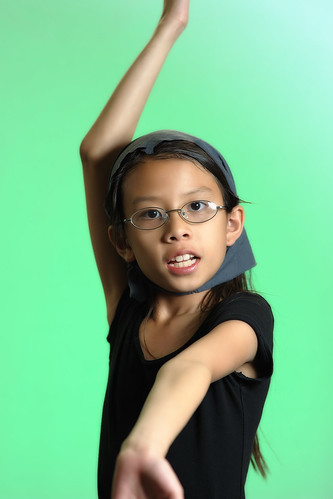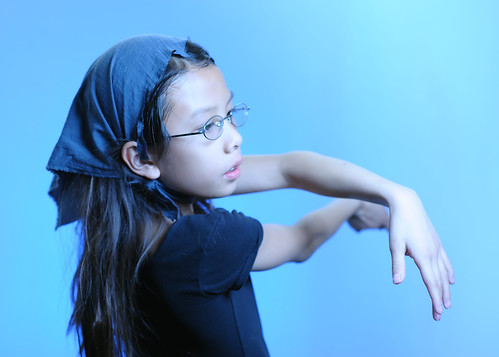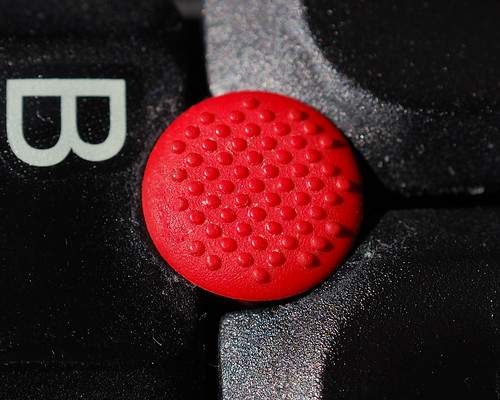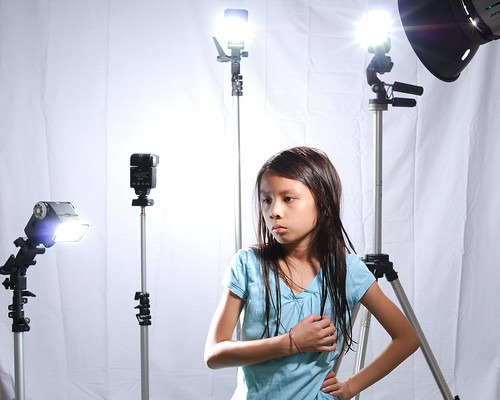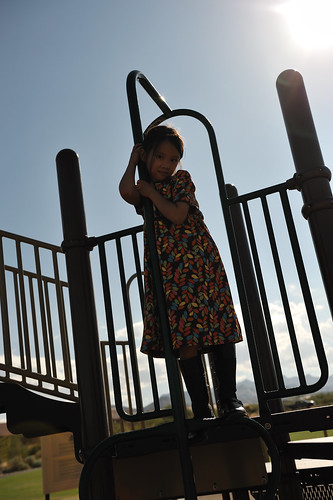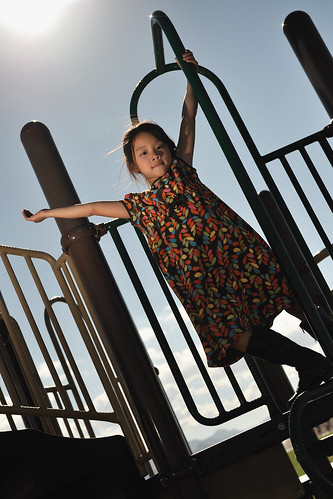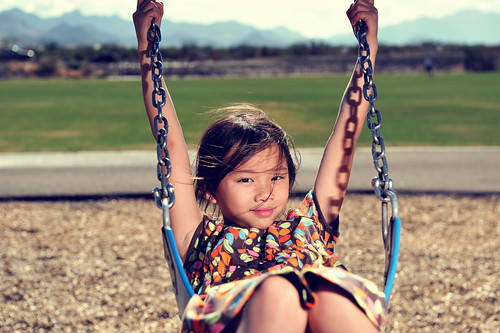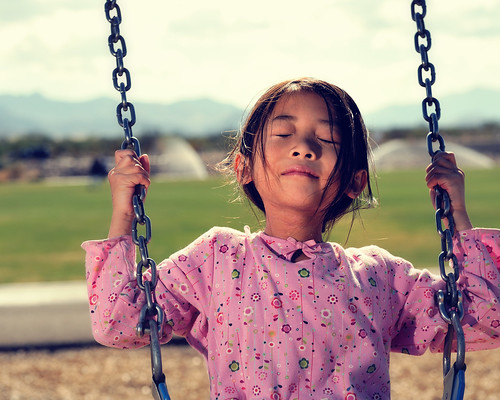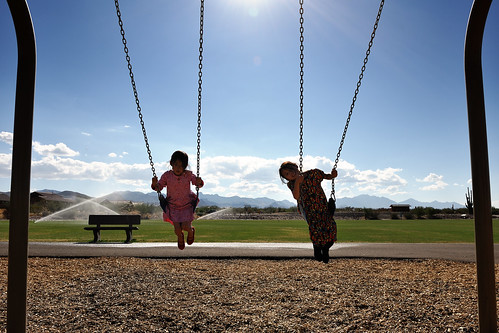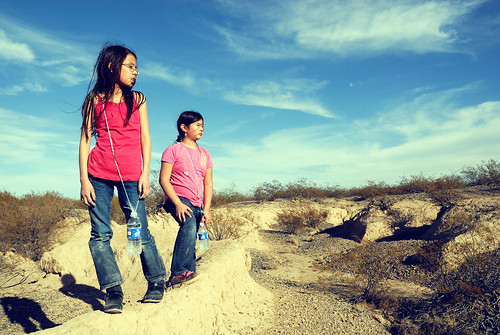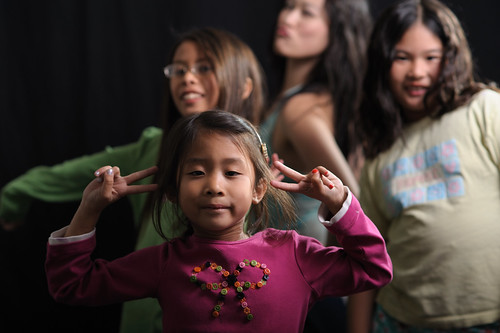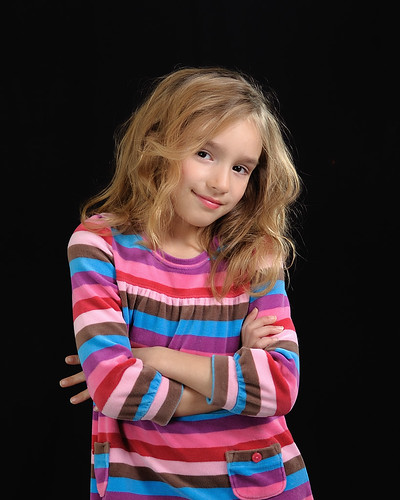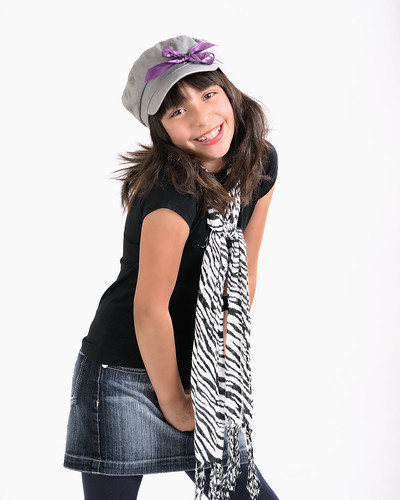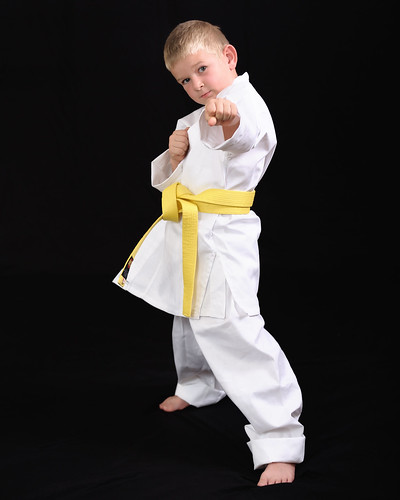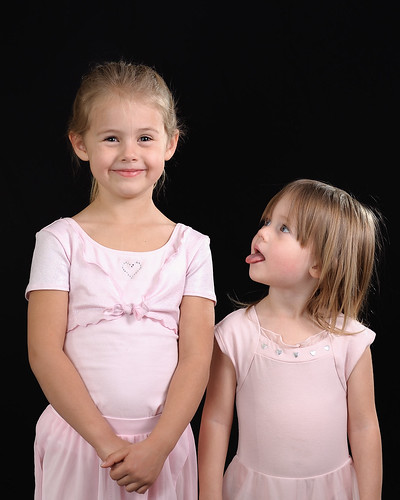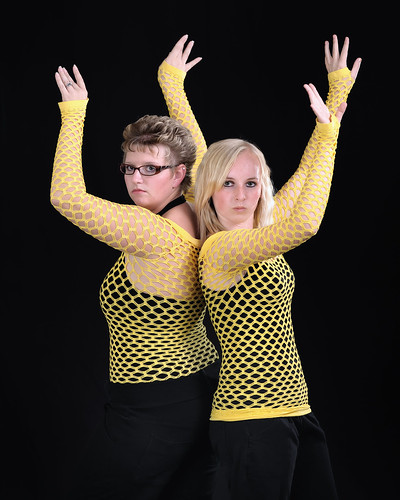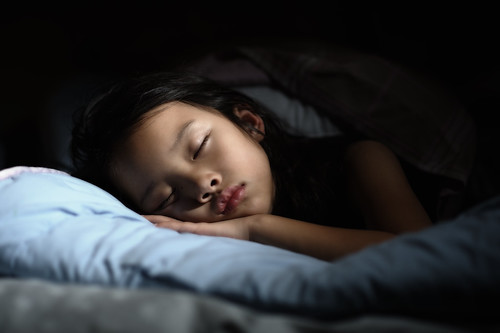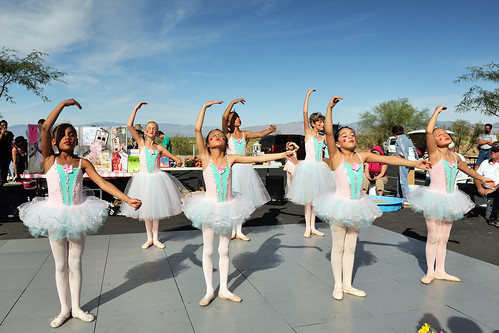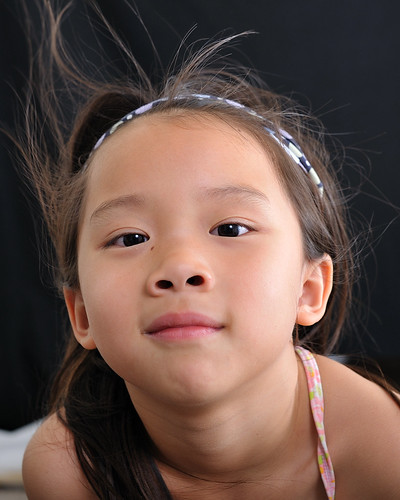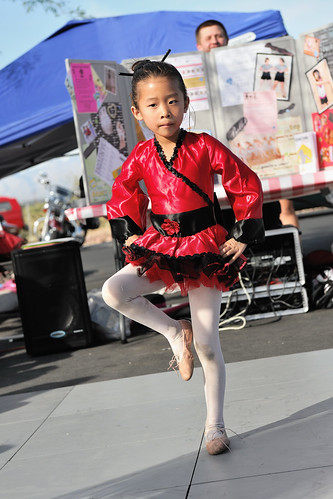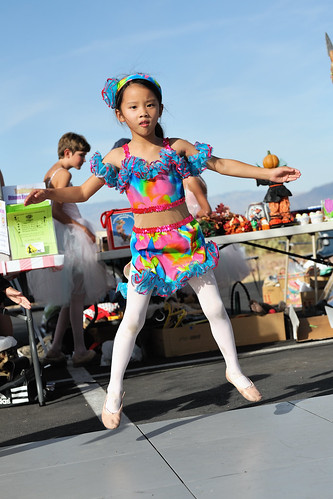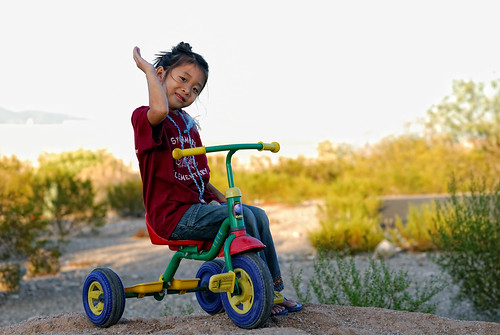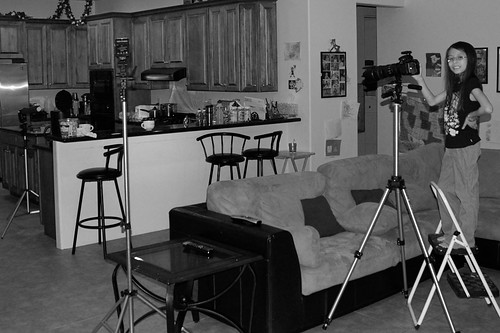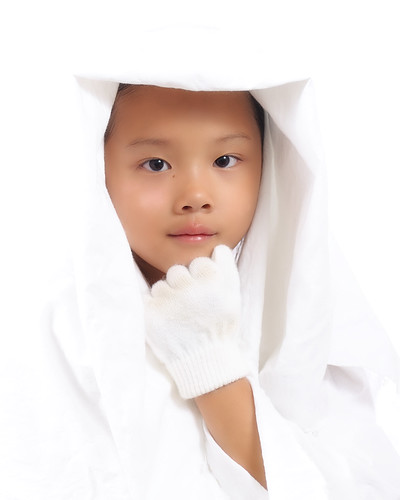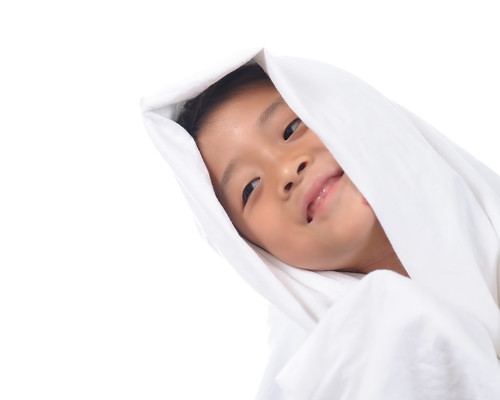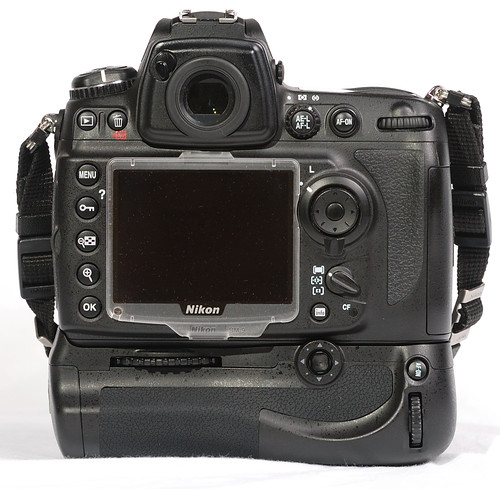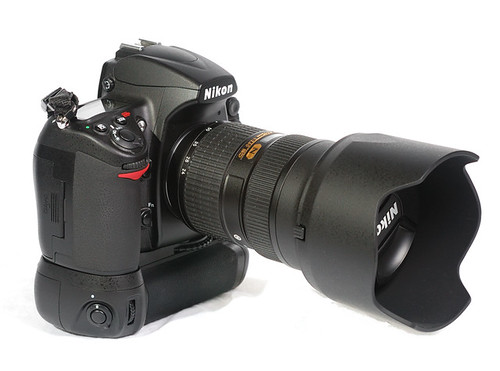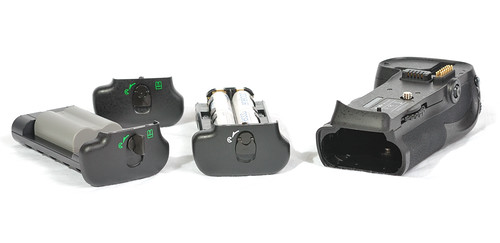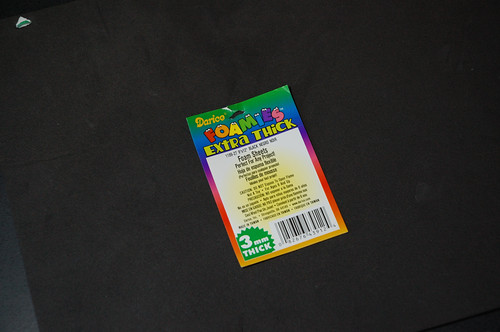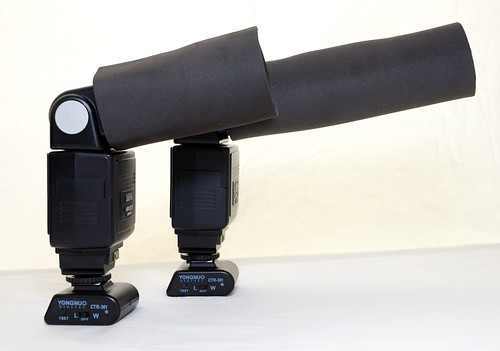I come across people asking what flashes to get all the time for off camera use. In some cases, the person have a good idea what they need and are just looking for some input, while many others are just starting out and not really sure what they need. Of course, the advice for equipment ranges from expensive SB-900/800 (~$400 - $450)to less expensive HK flashes (~$50), and everything in between.
Here's the deal. If you are just starting out and want to learn, any decent flash with manual settings from 1/1 to 1/16 is enough to get you started. If you want to spend $1000, then by all means, go for it. If you are on a tight budget, then there are lots of alternatives. Even a SB-600 at $200 or so is questionable for a beginner. Remember, there are different specific features between flashes and if you know what you want, then you prob. don't need to read this or even ask. This is about basic off camera flash on a tight budget. It will provide you enough to learn about off camera lighting and when you grow into something more specific, you can still use what you have today.
Here's a set of used flashes you can get from ebay at around $25 each, shipped. So, two would run you about $50. Lots of people have had very good luck with the Sunpaks. They have manual settings from 1/1 to 1/16. They have decent power...sure, not as powerful as a SB-900, but more than enough to get you started for a while. Oh yea, did I mention they can be had for around $25? :)
The cheapo looking flash in the center of the pic is a no name Auto flash I picked up, basically a free toss in on a camera+lens deal. No manual control, but even so, it's still usable. So, don't turn away that $2 flash :) And, of course, don't forget to get a couple of Rosco Sample Gel packs. I got mine from Adorama. I had them throw a couple in my last order so that I don't have to pay shipping on them since they are already shipping something to me.
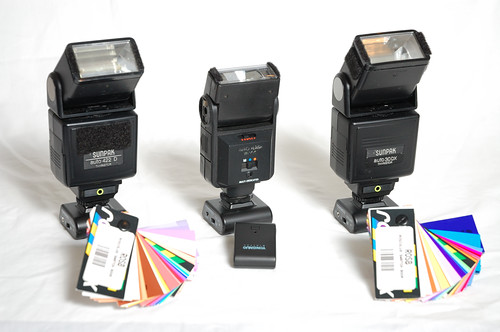
Lets not forget the RF remote trigger system. These are CTR-301/P. Today, you can get a set of CTR-301P w/3 receivers and 1 transmitter for about $60. If you want to spend a bit more, there are newer 2.4Ghz systems (RF-602) for about $80. If I was staring out today, I would get the RF-602s. Now, you are set. Even if you don't have the cheapo no name flash, you have a complete wireless off camera lighting setup with two flashes. Total cost: about $120. No way you can even get a used SB-600 for that price.
With the money you save, now you can add a few more other very essential pieces to your lighting system...umbrella, holder and stand. I recommend getting the adorama 40" white w/removable silver/black cover at $16 each, universal holder at $16.25 each, and 10' stand at $40 each. You don't have to have the 10' if the budget is really tight, you can look for cheap used tripods. I see them for about $10 all the time. But, most cheap tripods only goes up about 5', so that may not be tall enough.
To close this post off, here's what you can do, even with a cheapo Auto Flash. Note the picture above and the shadows from the key flash shooting though the umbrella. Get a grid from the rosco pack or use one of the ND gels from the pack (there are different density gels to fine tune your light output) and stick it on the auto flash to fine tune the light. I stuck the flash on a 25 year old cheap tripod, put it on a chair behind the flashes to wash out the shadows.
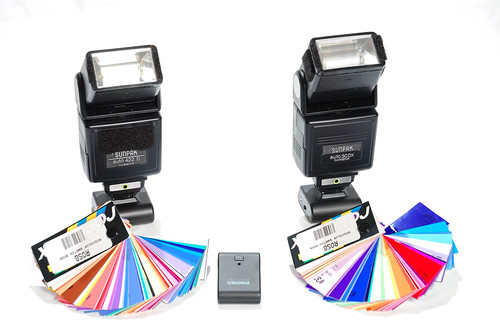
These are just quick shots, not much fine tuning, just to illustrate how you can always use what you have, even the cheapo free flash. Here's the setup shot. Very simple.
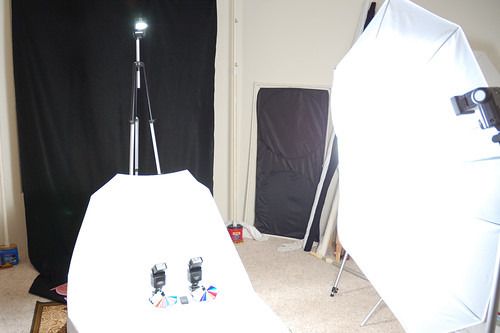
Another shot to show the simple grid from the Rosco sample gel pack.

Another simple idea for reflectors. Just this past weekend, Michaels had them on sale, 4 for $5. You can paint them, gold, silver, black, and leave the other one as is, white. The back of the picture is a simple sun shade for your car from costco. About $7. Silver and black. For times when you need a bigger reflector.

No more excuses! :) For about $150, you can easily build a wireless, off camera, two light system to start having fun.

